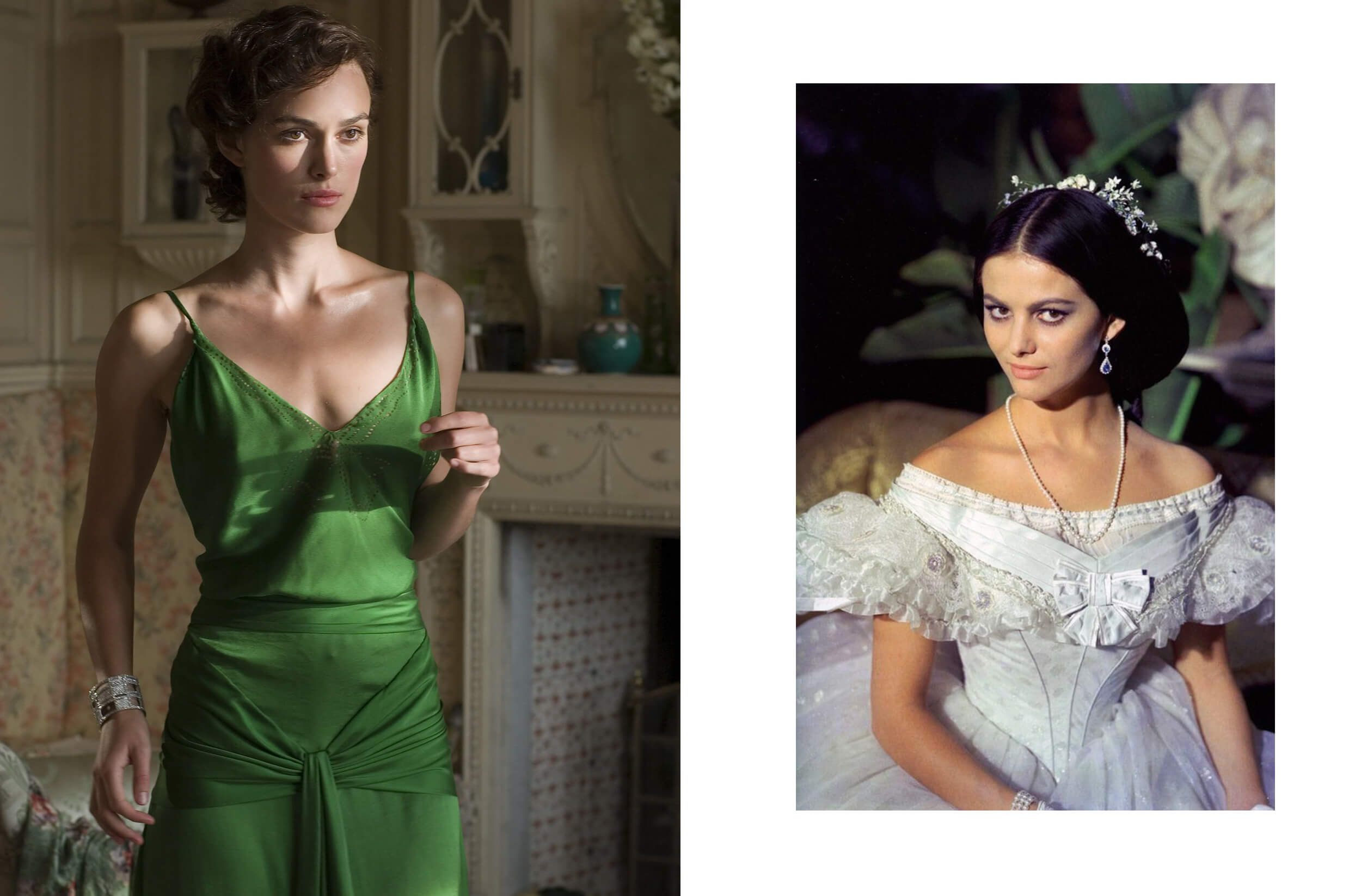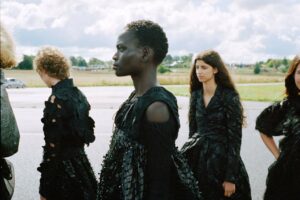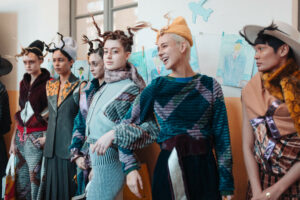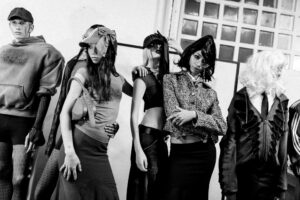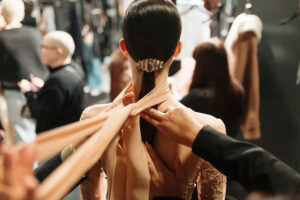Let’s face it, we have all imagined at least once in our lives the dresses of our favorite literary heroines, especially when it comes to the protagonists of period novels. Not surprisingly, fashion and literature have kept influencing each other over the centuries, up to the point that Diana Vreeland, in her autobiography, stated: “Where would fashion be without literature?”
Writers searched for inspiration in the costumes of their times when setting their stories to enrich them with beauty and realism, using their imagination to create dresses that made generations of readers dream. The great co-star of this relationship between fashion and literature is cinema that, when adapting a novel for the big screen, found itself representing, more or less faithfully, some of the most iconic looks from a book.
What are the most memorable dresses seen at the cinema and inspired by literary masterpieces?
War and Peace
Character: Natasha Rostova / Actress: Audrey Hepburn
Written by: Lev Tolstoj (1865-1869) / Directed by: King Vidor (1956)
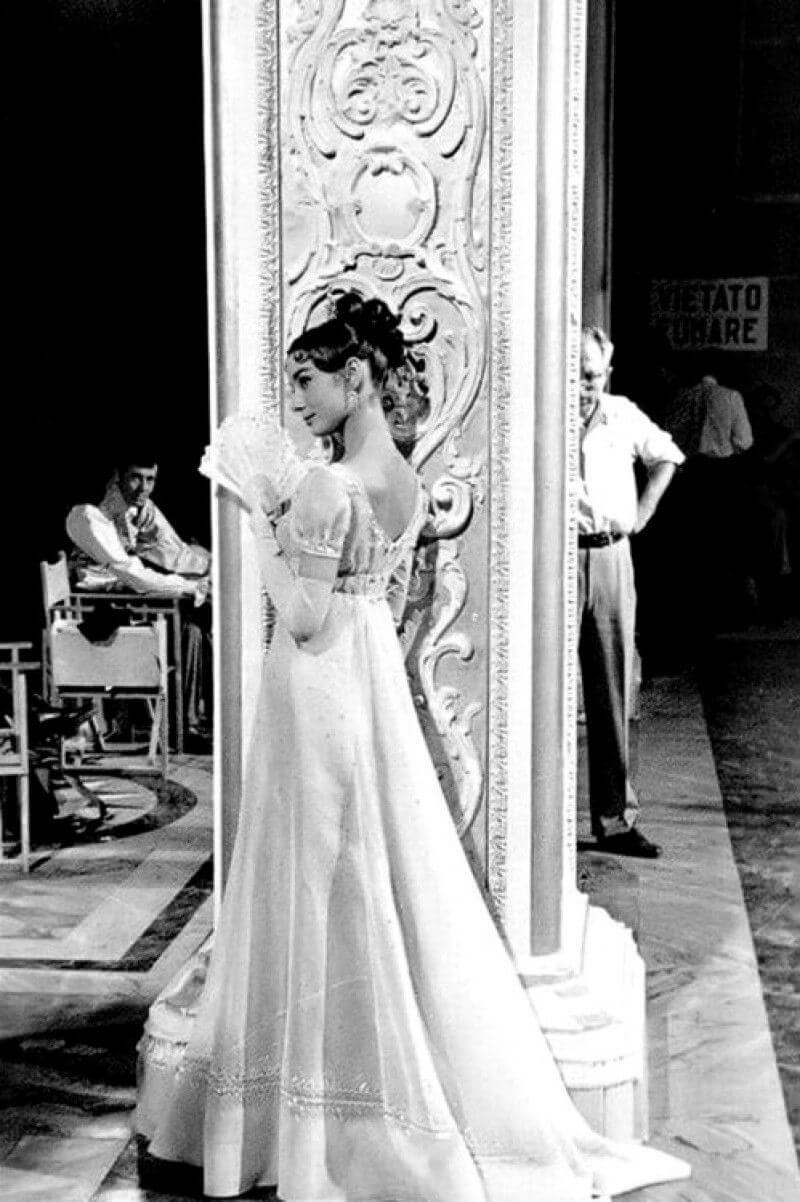
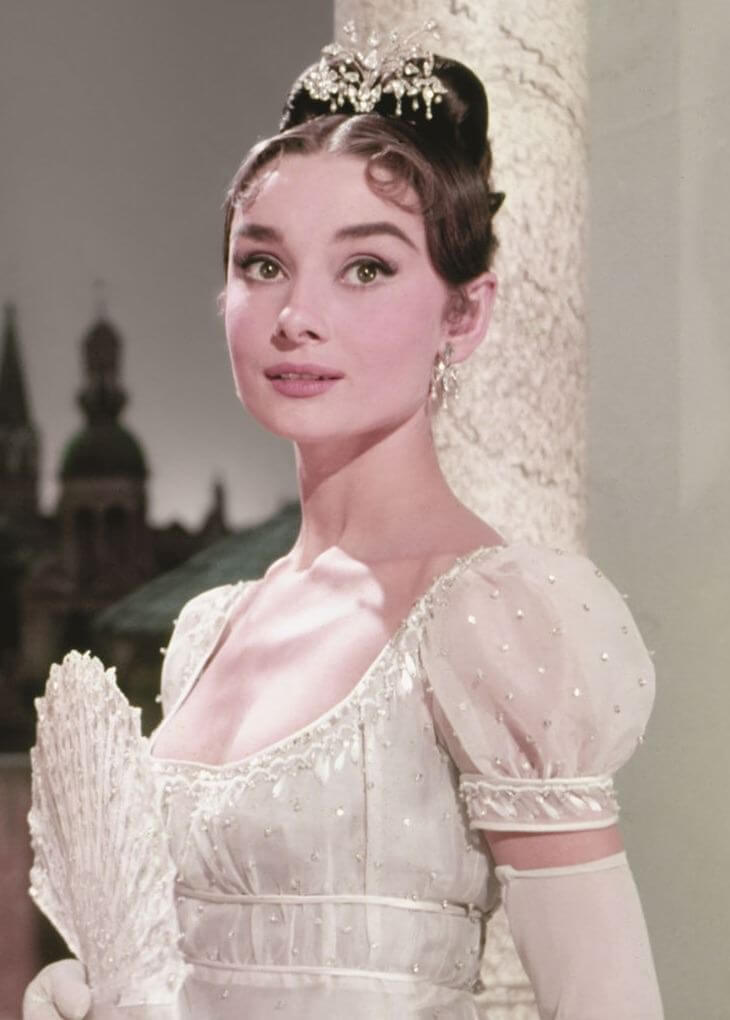
It is the evening of December 31st, the eve of the 1810 New Year, at a ball thrown by a great dignitary to whom all the Russian nobility goes, young Natasha Rostova makes her debut. For the occasion, she’s started getting ready at eight in the morning and wears “perforated silk stockings, white satin shoes with bows, a veil dress on pink underskirts, with little roses on the bodice” and a hairstyle à la grecque. A unique beauty, capable of winning the hearts of anyone who sees her, including that of the charming Andrei Bolkonsky. Here is how the young protagonist of Tolstoy’s most famous novel, played on the big screen by Audrey Hepburn in the 1956 adaptation, is described: the empire-style dress of this scene, made by Fernanda Gattinoni, reflects the fashion of the early 1800s but with some differences from the literary description as it is white, adorned with precious details and with delicate, transparent embroideries. A matched crown with jewels and a pair of long gloves complete the look.
The Leopard
Character: Angelica Sedara / Actress: Claudia Cardinale
Written by: Giuseppe Tomasi di Lampedusa (1958) / Directed by: Luchino Visconti (1963)

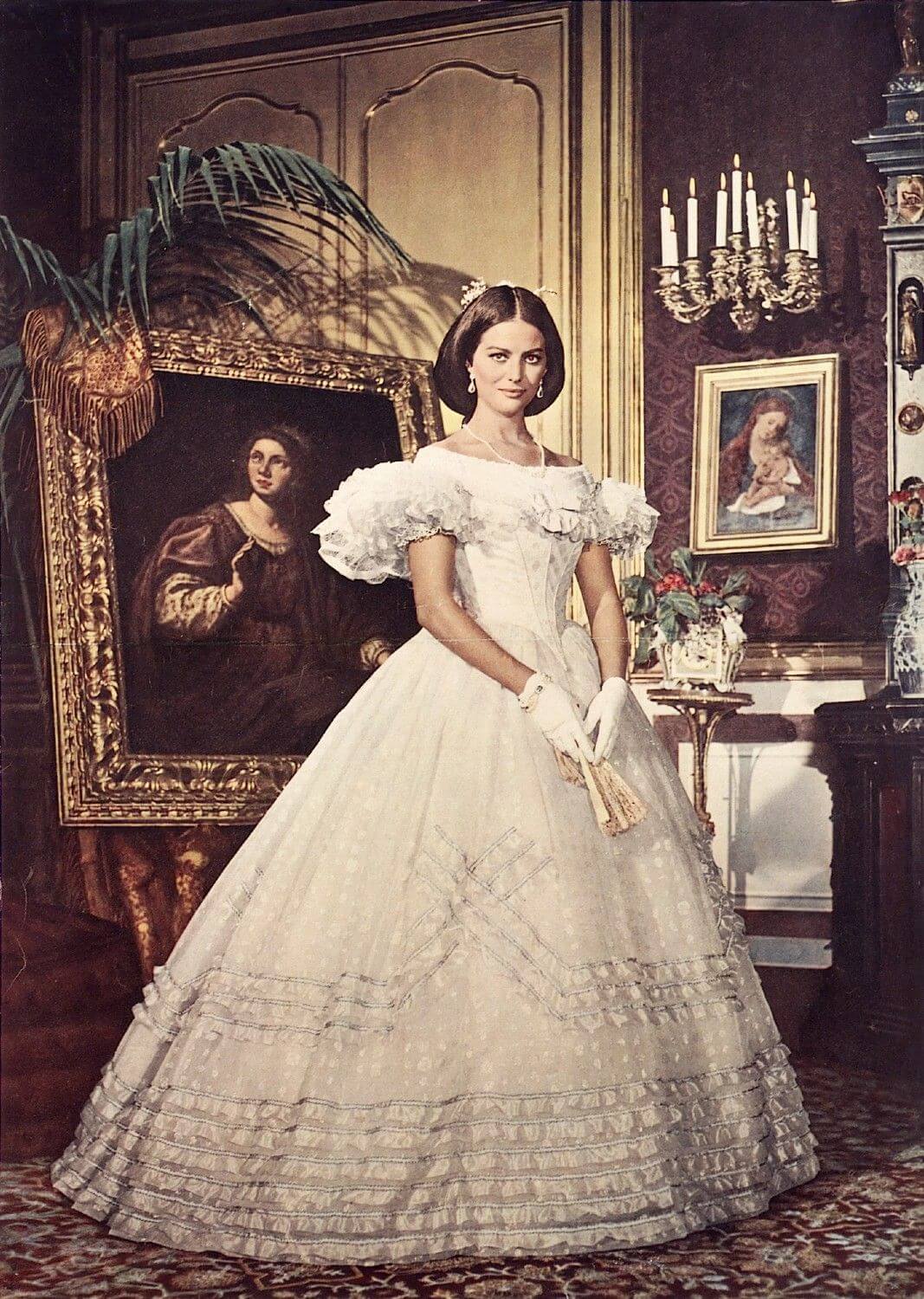
A masterpiece inspired by another. This is how one could define the Visconti’s adaptation of the novel “The Leopard:” at some point in the story about the decline of the aristocracy and the birth of the new bourgeoisie during the Italian Resurgence, the beautiful Angelica Sedara appears at a grand ball wearing a gorgeous dress. During the film sequence dedicated to this moment, we can admire the dress that, despite the book describes as pink, appears on the screen in a white jellyfish color according to the will of costume designer Piero Tosi. The dress, made of organza and ivory, is full of ruffles and details, has a wide skirt and a pair of extremely elaborate sleeves. Simple, but elegant jewels make it even more majestic, alongside the clothed roses and the mothers of pearl worn by Angelica in the hair.
Breakfast at Tiffany’s
Character: Holly Golightly / Actress: Audrey Hepburn
Written by: Truman Capote (1958) / Directed by: Blake Edwards (1961)
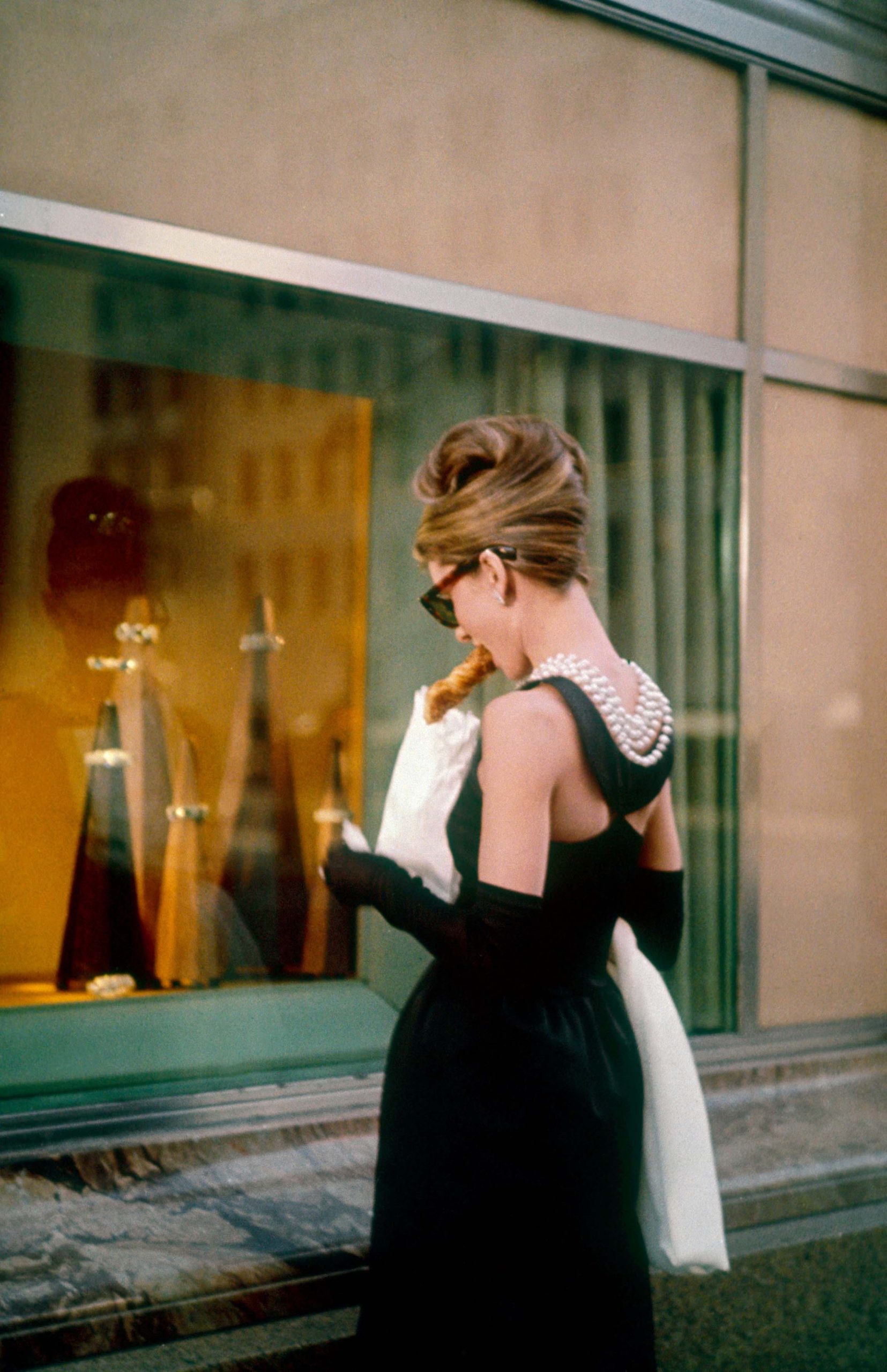
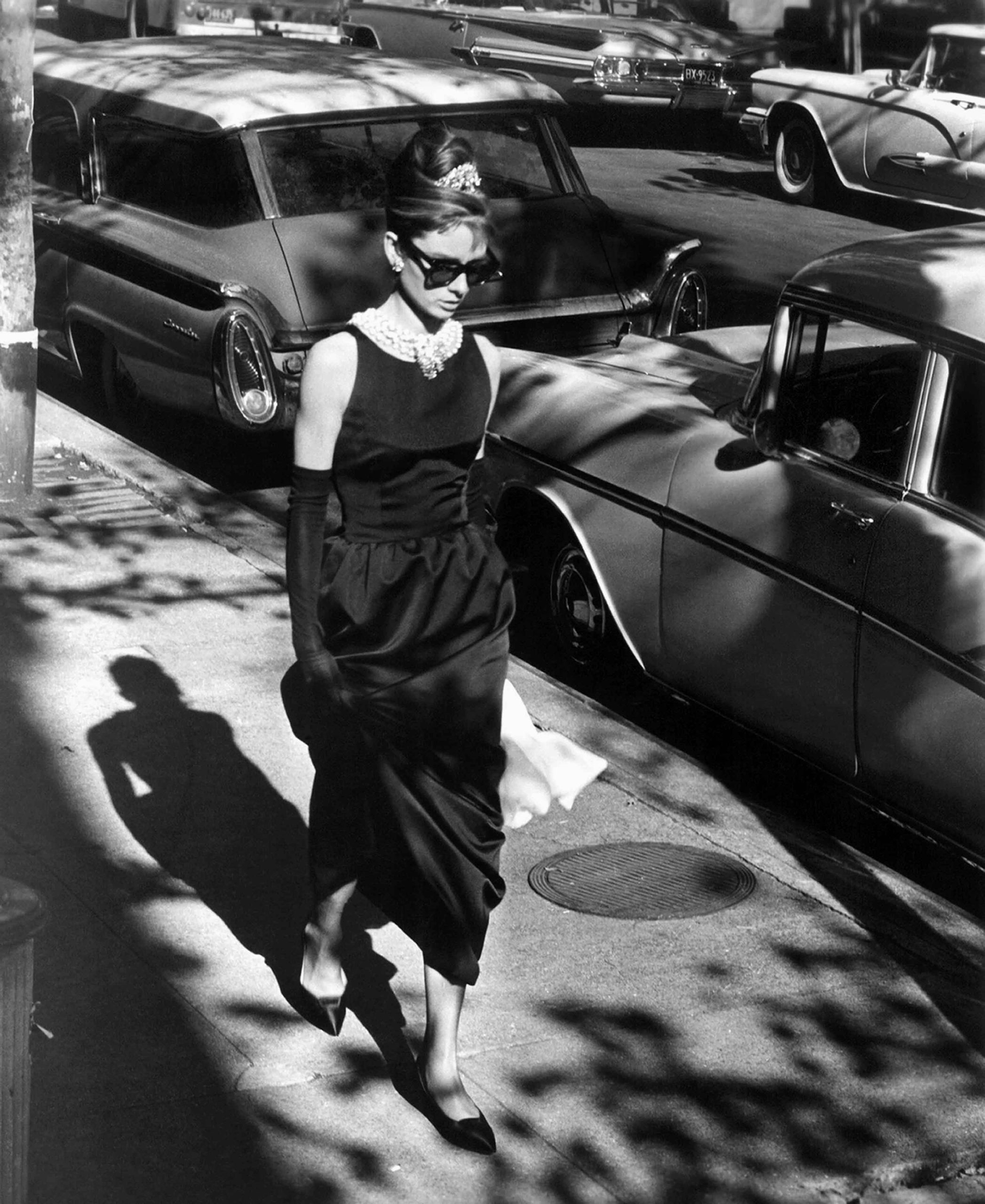
“She wore a black dress, fitted and fresh, she wore black sandals and a pearl necklace. A pair of black glasses wiped her eyes:” This is how Holly Golightly is described at the beginning of “Breakfast at Tiffany’s,” an image faithfully kept on the big screen that entered the common imagination thanks to Audrey Hepburn‘s interpretation of the irresistible New Yorker that loves Tiffany’s and who’s persecuted by “paturnias.” The fitted dress of this scene, now considered the most iconic petit robe noir (little black dress), was made by Hubert de Givenchy and paired with black sandals, a pearl necklace, and, of course, black sunglasses; this set gives the character a timeless charm.
The Scarlett Letter
Character: Hester Prynne / Actress: Demi Moore
Written by: Nathaniel Hawthorne (1850) / Directed by: Roland Joffé (1995)
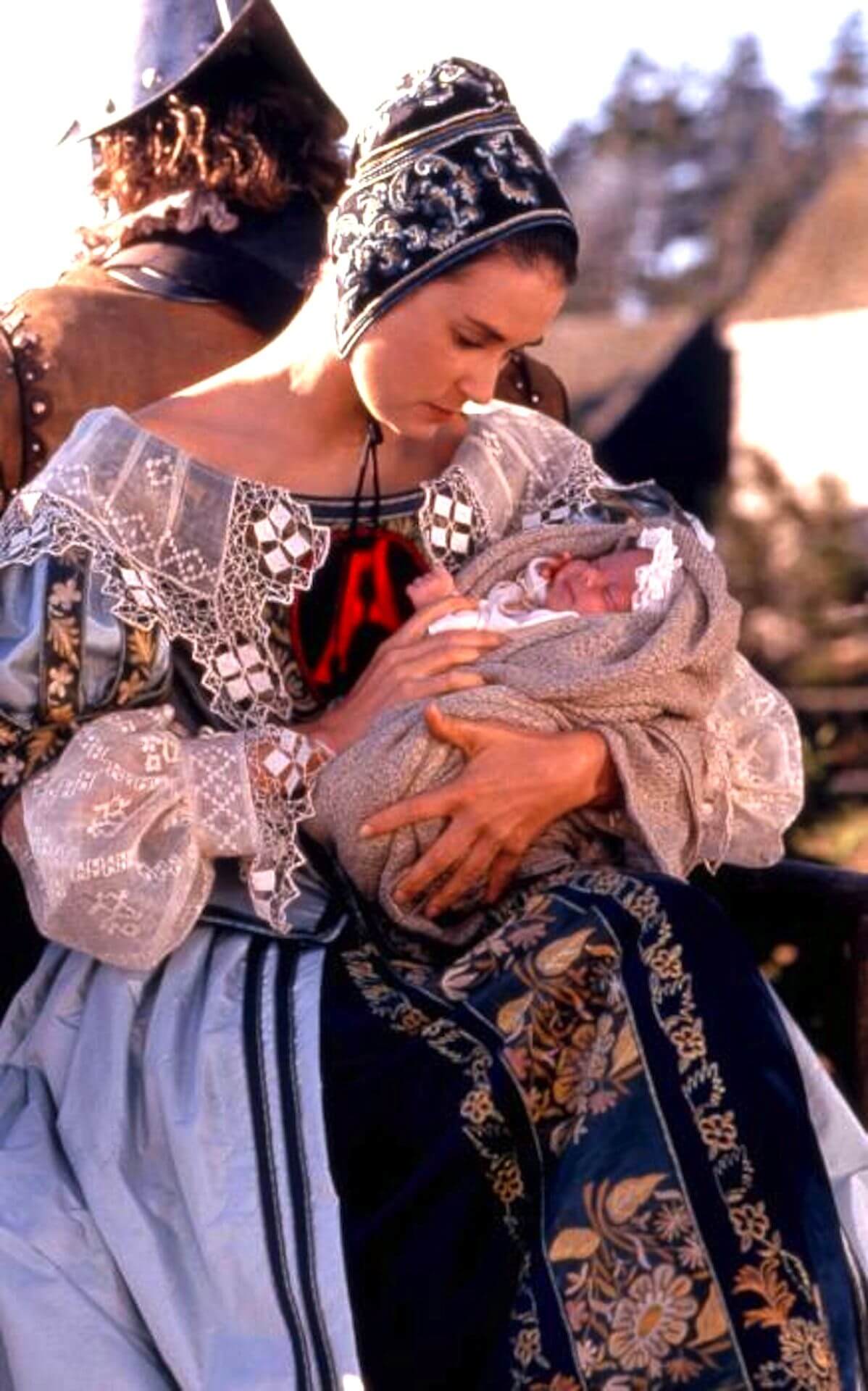
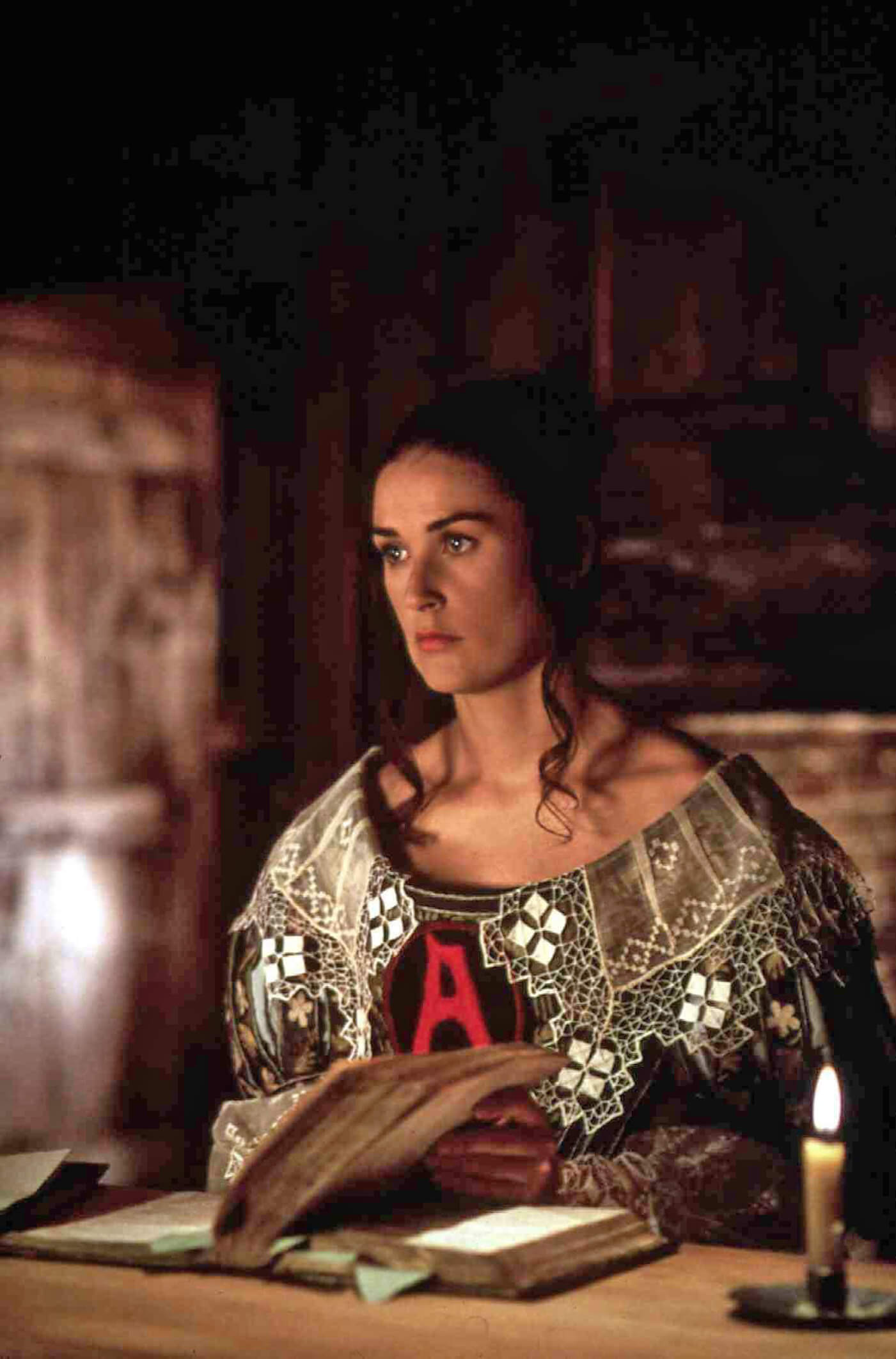
“On the bodice of the dress, made of a fine red textile, surrounded by elaborate embroidery in gold thread, was the letter A. It was made in such an artistic way and indicated a fertile and exuberant fantasy that it seemed a last ornamental touch to the dress, glitz in harmony with the taste of the time, but far beyond what was allowed by the sun tube rules of the colony:” the letter of adultery, the letter that Hester, the protagonists who live in a Puritan colony in Massachusetts, is forced to wear until the day she dies for not having revealed the name of the man she loves. The dress made for the cinema adaptation represents the conservative style of the time and place, on which the A stands out remarkably as if it was branded on it.
Harry Potter and the Goblet of Fire
Character: Hermione Granger / Actress: Emma Watson
Written by: J.K. Rowling (2000) / Directed by: Mike Newell (2005)
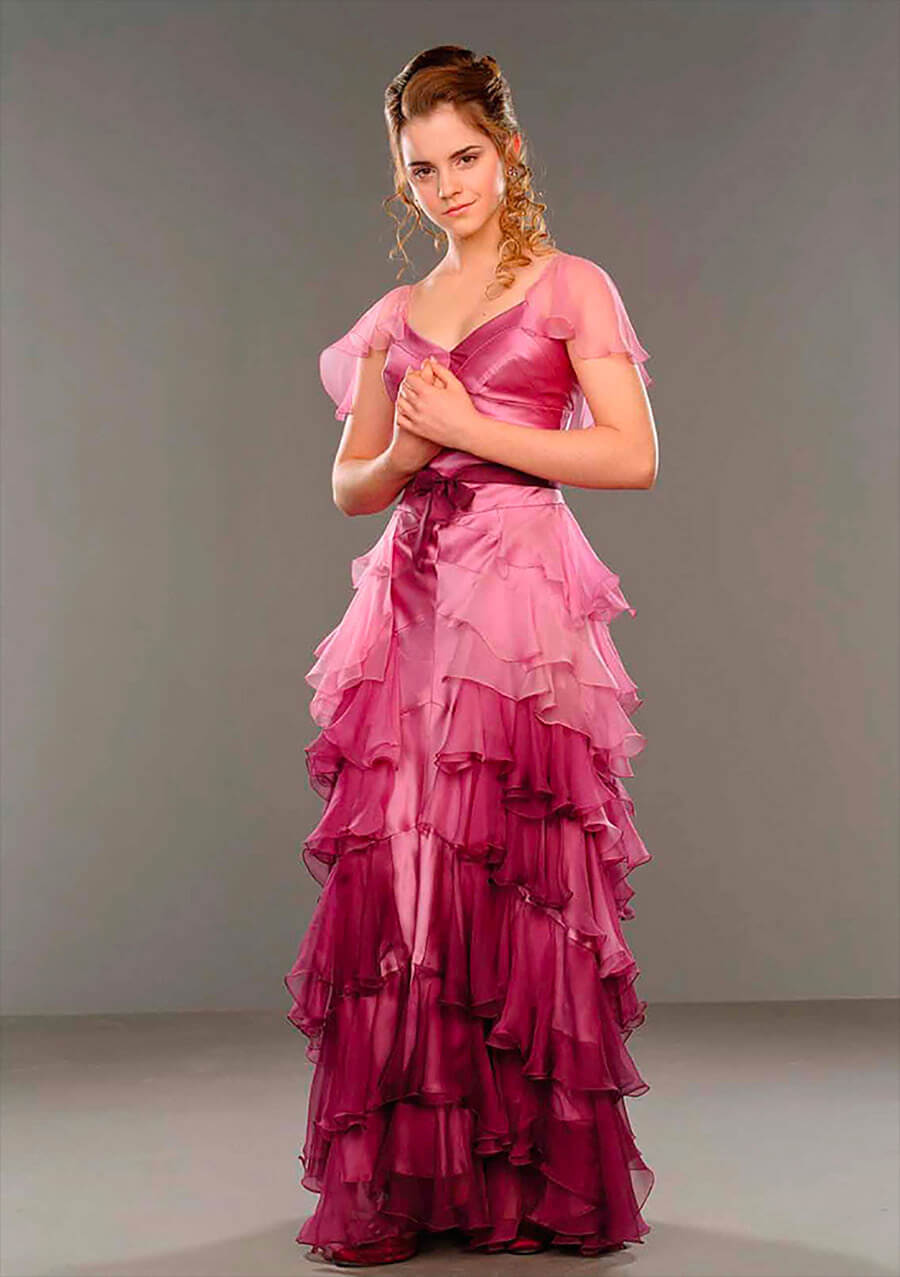
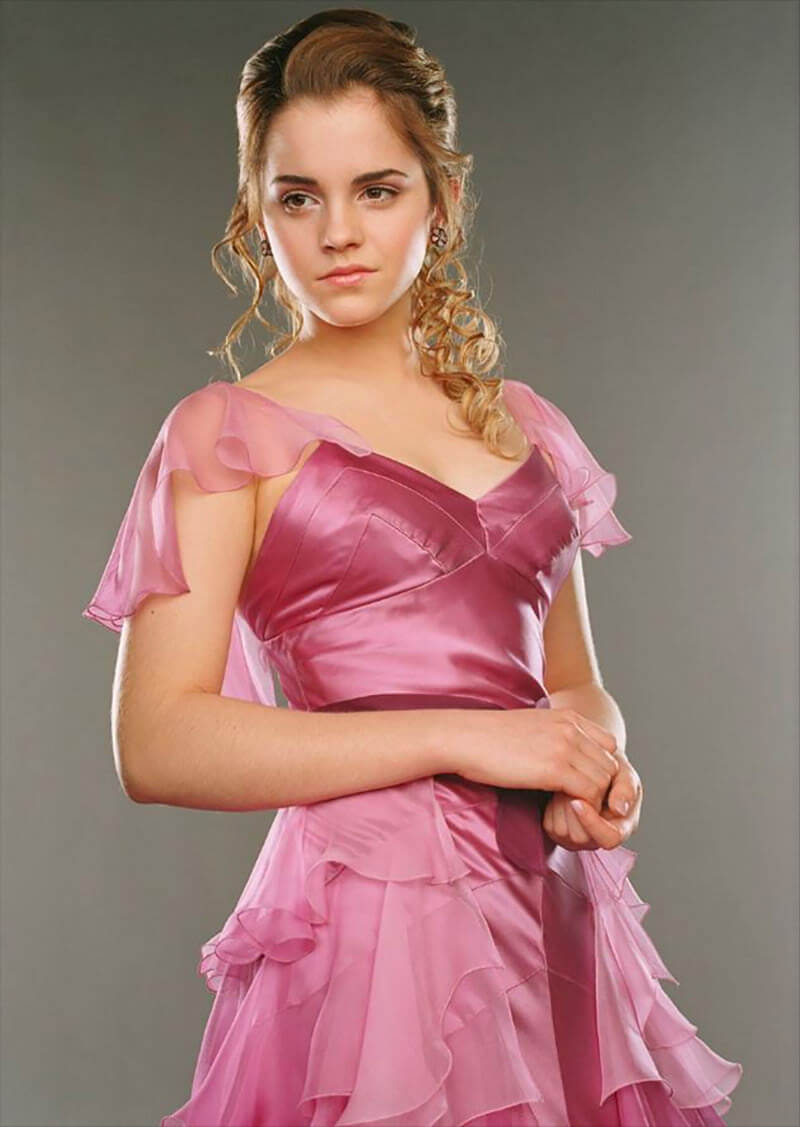
“It was Hermione, but she didn’t look like Hermione at all. (…) She was wearing robes made of a floaty, periwinkle-blue material, and she was holding herself differently, somehow — or maybe it was merely the absence of the twenty or so books she usually had slung over her back:” Hermione, in the fourth book, makes her triumphant entrance to the Yule Ball alongside none other than Victor Krum. Costume designer Jany Temime, who was aware of the importance of this moment for the character, compared this dress to that of Cinderella! With soft flounces, a geometric neckline both front and back and colored in pink (a diatribe among the fans of the saga between those who prefer it pink and those who would have liked to see it blue is still on), it is one of the most magical dresses of this equally magical saga!
Atonement
Character: Cecilia Tallis / Actress: Keira Knightley
Written by: Ian McEwan (2001) / Directed by: Joe Wright (2007)
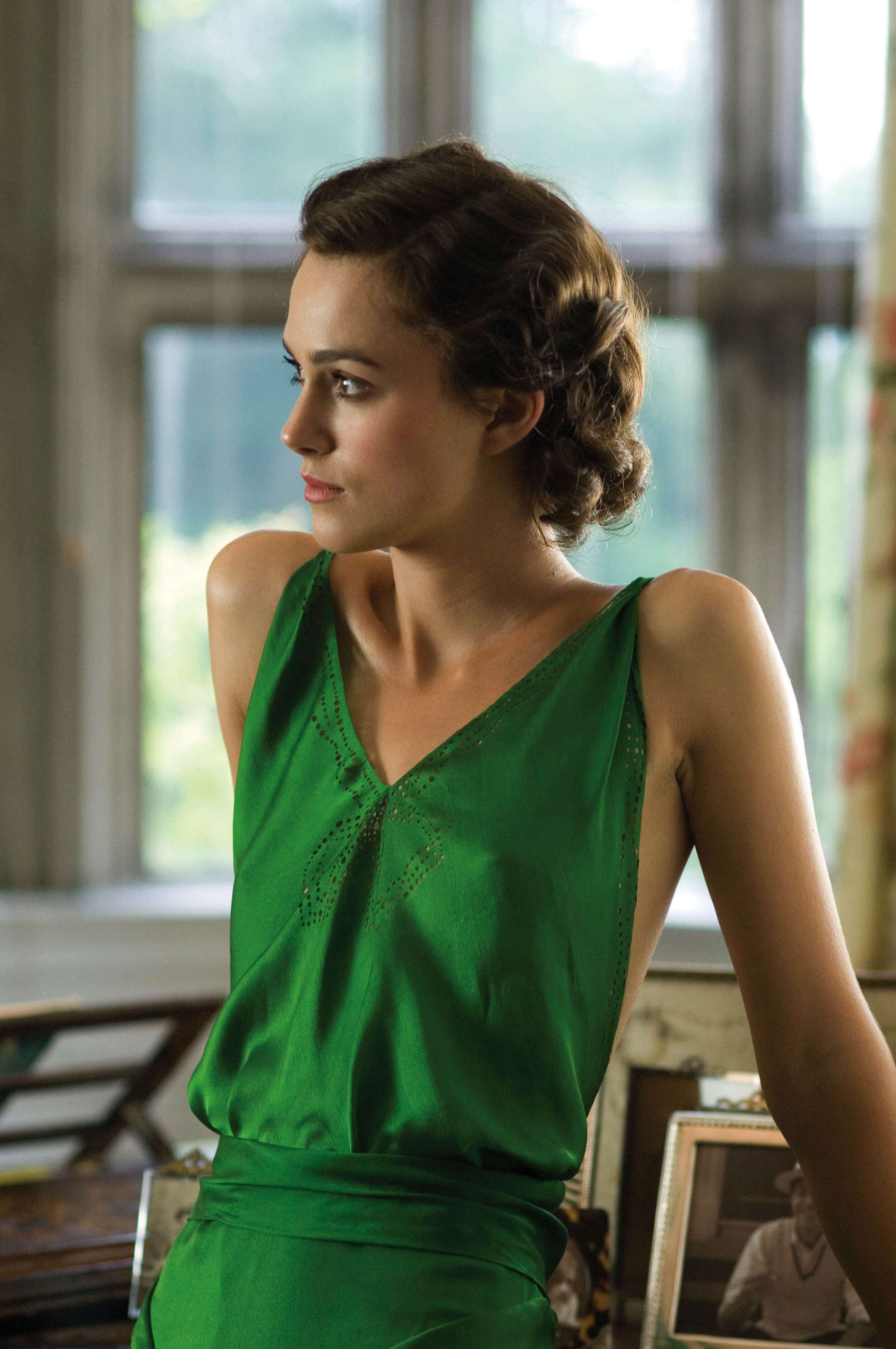
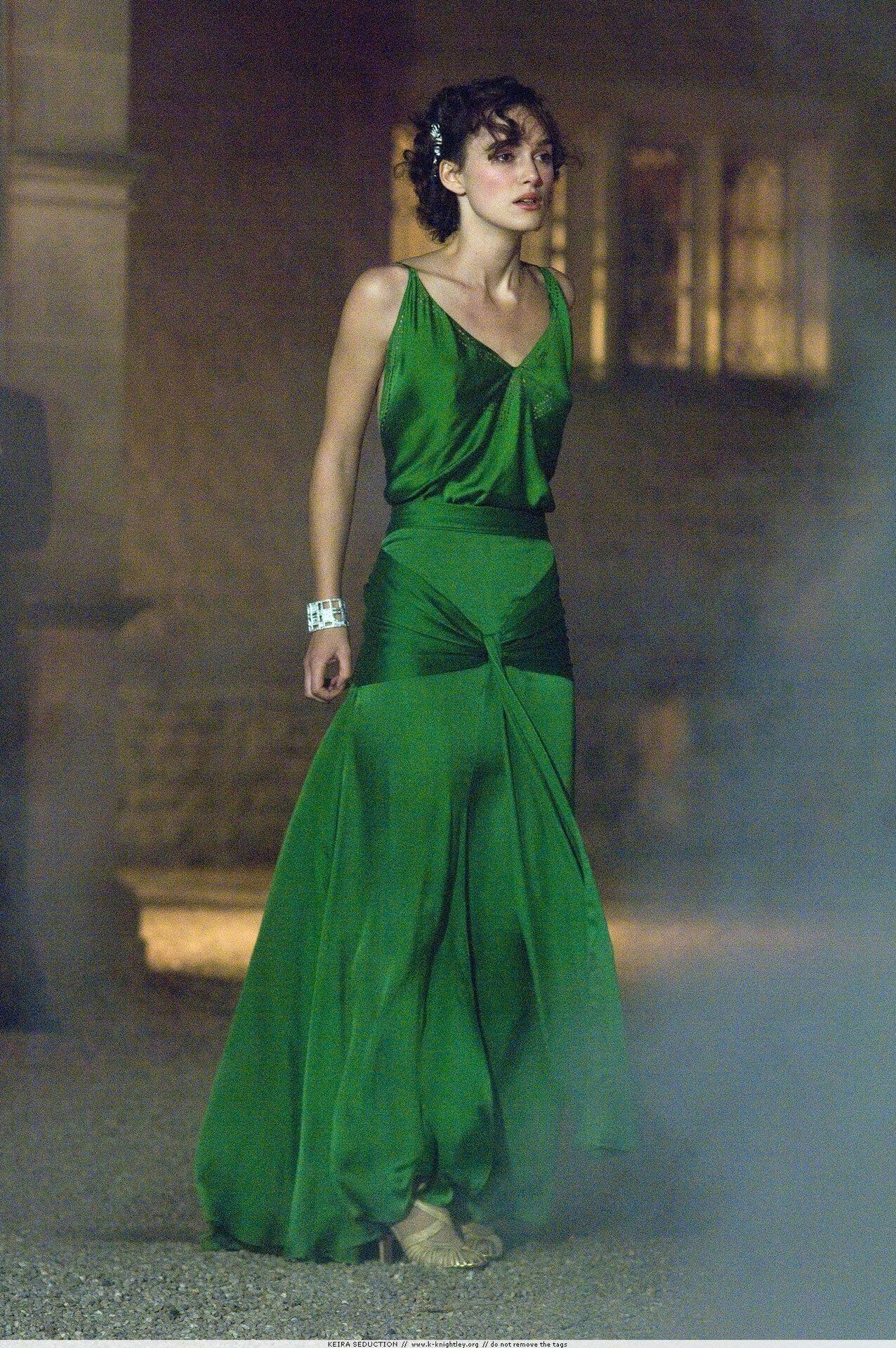
According to many, this is the most beautiful dress in the history of cinema, a dress that undoubtedly contributed to the success of the film: the emerald green dress worn by Keira Knightley in the famous passionate scene between Cecilia and Robbie (James McAvoy), and designed by Jaqueline Durran, is inspired by the description that McEwan gives in the book (and that the author considers almost as a character itself since it is partly “responsible” for what happens during the evening) and by the fashion of the historical period of reference, that is the 30s. Made of silk, organza, and chiffon, with side split, trawl, uncovered back, and ample cleavage, it gives an elegant, fluid, and sensual cut to the dress, perfectly shaping Keira’s figure. The green color, expressly requested by the director, symbolizes temptation and mystery and works as an omen of the “nefarious” consequences that sensuality can sometimes carry with it as if it wanted to warn the viewer of what will happen shortly after in the story.
The Great Gatsby
Character: Daisy Buchanan / Actress: Carey Mulligan
Written by: Francis Scott Fitzgerald (1925) / Directed by: Baz Luhrmann (2013)
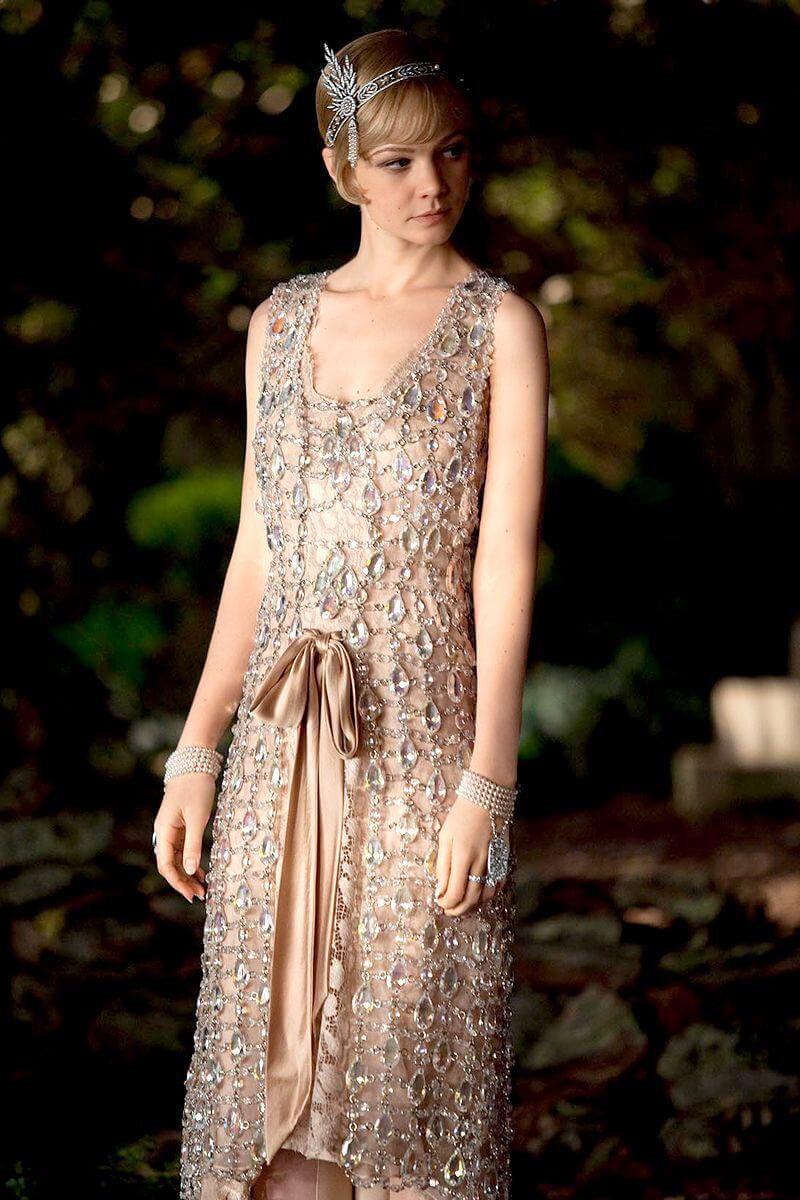
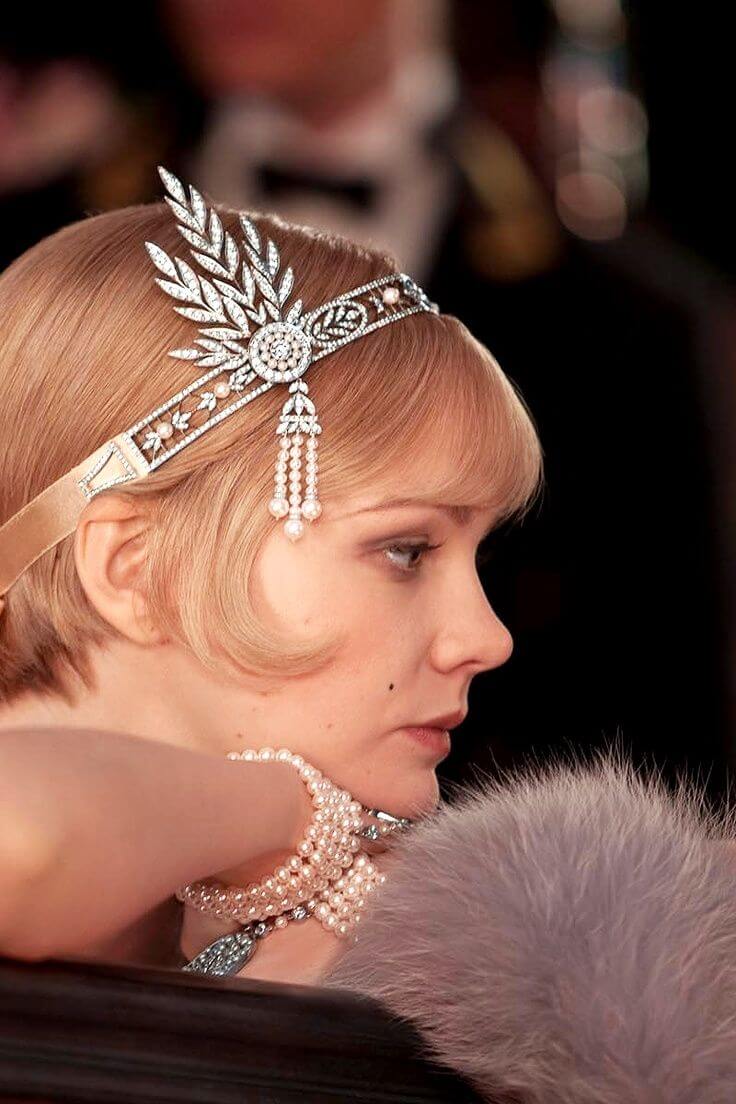
Daisy Buchanan‘s character, inspired by the writer’s wife, Zelda, is described as “the golden girl,” the one that all other women would like to be, an irresistible girl able to enchant anyone in a room; an unforgettable beauty, as Gatsby knows well since he has been in love with her forever. Daisy embodies the fashion of the roaring 1920s, and she loves luxury and whimsical looks, like the one she wears at the ball that Gatsby secretly arranges for her. In the movie, the dress worn by Carey for this scene represents, like all costumes chosen by costume designer Catherin Martin, a winning combination of 1920s inspirations and modern twists: made by Miuccia Prada and in a midi length, it is a dress without sleeves with flashy precious details that match the equally astonishing jewelry parure by Tiffany&Co. A fur collar in baby blue completes the look.
Anna Karenina
Character: Anna Karenina / Actress: Keira Knightley
Written by: Lev Tolstoj (1877) / Directed by: Joe Wright (2012)
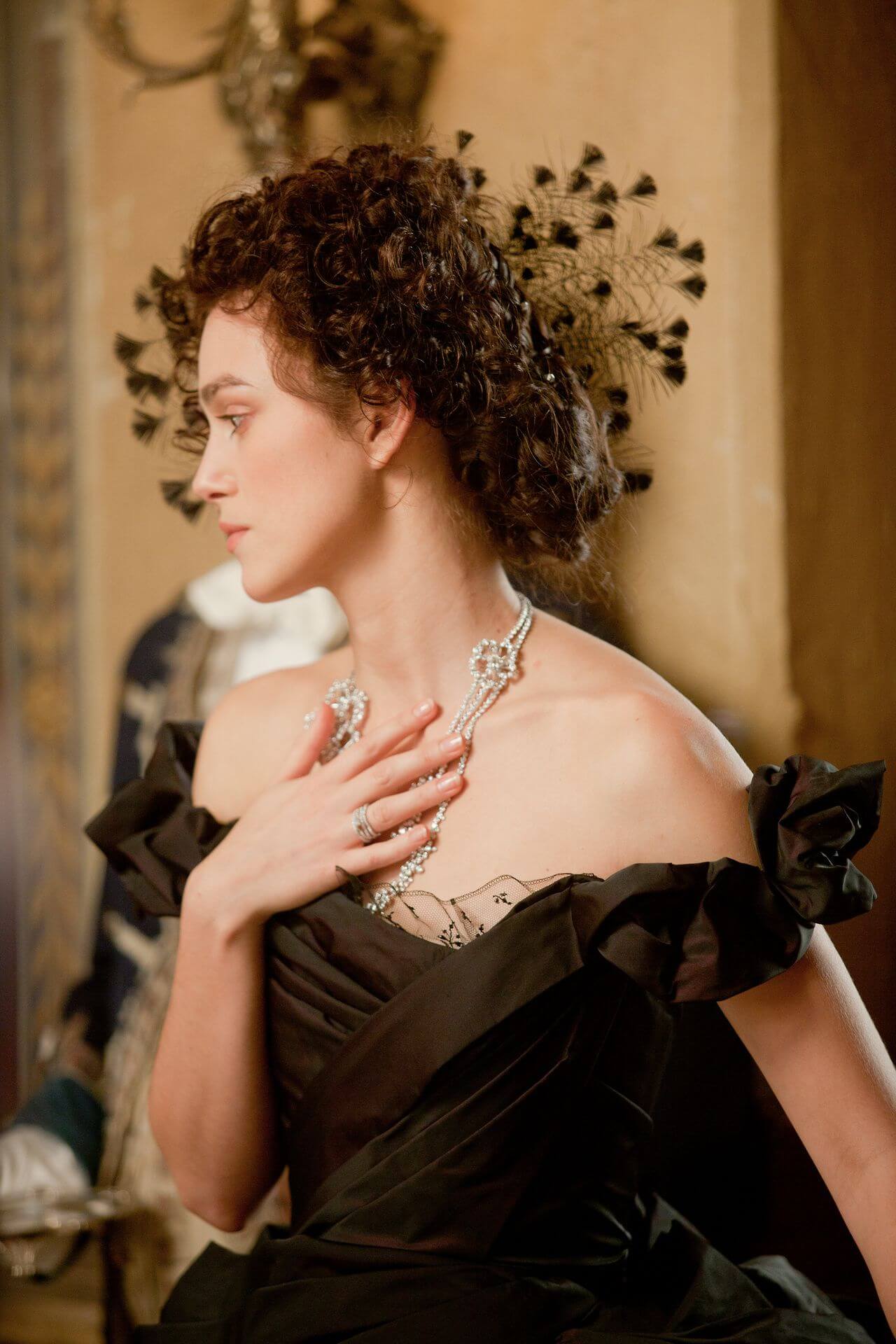
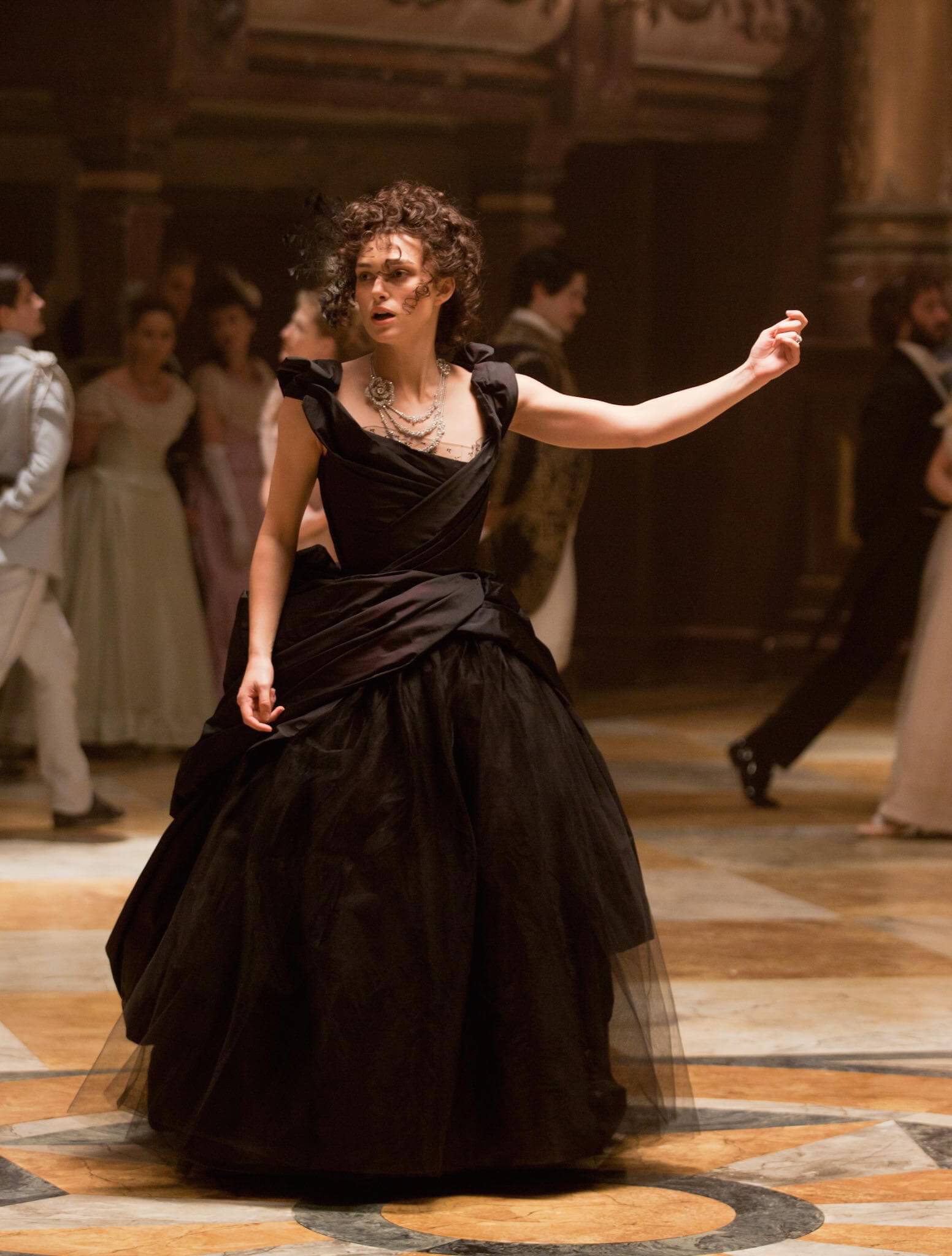
“Anna was not in lilac, as Kitty had so urgently wished, but in a black, low-cut, velvet gown, showing her full throat and shoulders, that looked as though carved in old ivory, and her rounded arms, with tiny, slender wrists. The whole gown was trimmed with Venetian guipure. On her head, among her black hair—her own, with no false additions—was a little wreath of pansies and a bouquet of the same in the black ribbon of her sash among white lace. Her coiffure was not striking. All that was noticeable was the little wilful tendrils of her curly hair that would always break free about her neck and temples. Round her well-cut, strong neck was a thread of pearls:” In this part of the book, which describes the debutante ball of Kitty, Anna shows her opposition to society by wearing a provocative dress, in sharp contrast to the minimalist palette of the other attendants, a choice that immediately captures everyone’s attention, Count Vronsky included. Costume designer Jaqueline Durran, aware that it was one of the most famous dresses in literature, was inspired by the wide skirts of the period, while the top refers to the Balenciaga and Dior dresses of the 1950s, still in line with the 1800s fashion. As a necklace, instead of the thread of pearls, Keira wears Chanel jewelry, which gives a touch of extravaganza to the protagonist’s allure.

